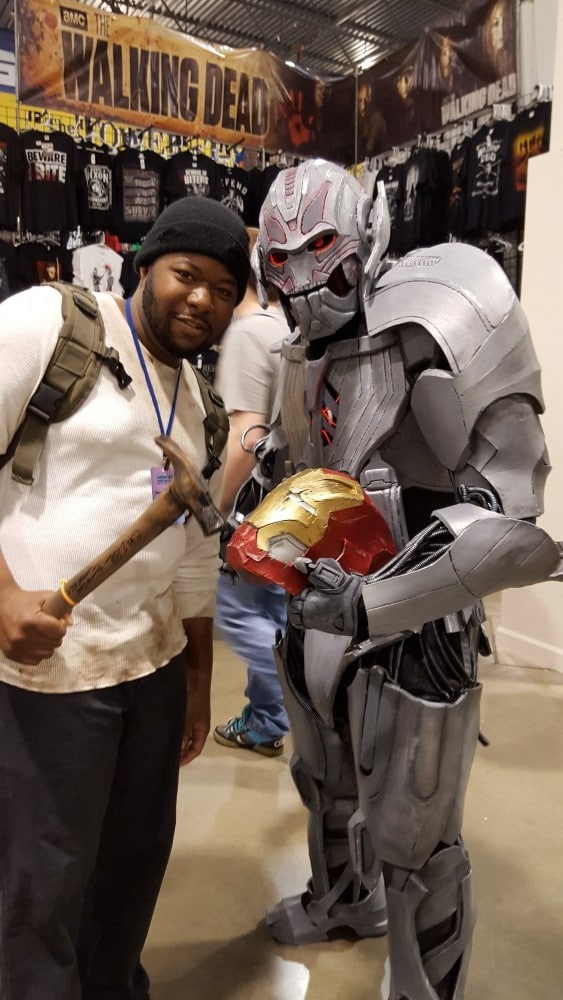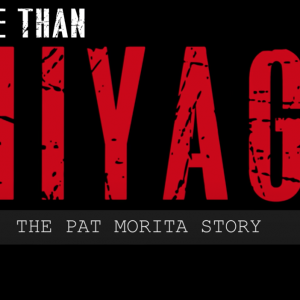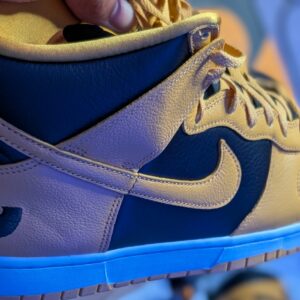Nokia Lumia 928 Review
3 min read
By Rob Boggan
My how the mighty have fallen. Nokia was once a mobile giant, untouchable in terms of quality a workmanship. Not entirely the case in 2013, as the Finnish manufacturer is struggling to stay afloat in a market not only dominated by smartphones, but more importantly by iOS and Android devices. The latter being the very OS that 3 years ago, Nokia shunned and chose to run with the as of yet unproven Windows OS. In years past, Nokia has released two different iterations of the Lumia smartphone which, by all means caught a few glances, but largely failed to capture much attention. Does the 3rd incarnation of the Lumia manage to do what it’s predecessors couldn’t? Or will it too, go undetected in a market ruled by the iron fists of Samsung and Apple.
If you’ve ever used a Lumia device before, you’ll feel right at home with the 928 as not much restructuring has been done with the device. The look and feel of the device is still that of a big plastic block, with a really solid body. In hand, the phone feels more bulky than it should, but that’s not necessarily a bad thing. I like my phones to feel a little weightier, and less like a child’s toy. The Lumia 928 has a really high gloss, white finish that tends to attract finger prints, and feels a bit grimy after a ton of usage. On the right side of the phone is where all the action is, as that’s where you power, camera, and volume rockers are housed. Outside of that, the phone rocks a pretty plain design.
On the front on the phone lies one of the phone’s two biggest features, the 4.5 inch OLED (768 x 1280) display. The screen quality on this phone is, simply put, astounding. Probably one of the best screens I’ve used on a phone in terms of clarity and quality. Colors are nice and vivid, black levels are amazing and even the brightest pastel colors appear vibrant and not washed out looking like most handsets nowadays. The phone runs atop a 1.5 GHz dual core Snapdragon S4 processor, which honestly had the phone moving as quick as lightning. The Lumia also rocks 32GB of data, so for those with above average storage needs are covered. On the back is the other big feature on this phone, and that’s the 8.7 megapixel camera. This thing flat out rocks, with excellent results in both high and low light scenarios. The biggest bright point above all else though is the low light performance. I’d go on record as saying this is THE best camera when it comes to low light pictures and it’s not even a close race. I’d like to think that this is, in part, thanks to the Carl Zeiss optics (f/2.0 shutter), and the PureView tech.
On the inside of the device is a 2,000 mAh battery that is an absolute and total beast. I was able to breeze through an entire day of usage with no struggle whatsoever. Between charges I averaged right around 12 hours of use (light talk, email, heavy social networking and texting). Standby was even better, as I watched the Lumia’s battery last almost a full business week (5 days) before needing a charge. The earpiece and worked about average and at times made the person on the other end of the phone sound muffled. Turn the volume up, and the muffled sound goes tinny. Microphone worked solid, as audio sounded clear and crisp.
At the end up the day, the hardware on this device is awesome. Unfortunately, it’s still a Windows Phone, and because of that, the experience wasn’t as good as it could’ve been. Now, don’t get me wrong, I don’t HATE Windows Phone devices or anything like that, I do strongly dislike the Live Tile layout, and the fact that majority of the apps I use aren’t available, and the clients that are there in their places, simply just don’t cut it. With that being said, the Lumia is a decent phone that could be good, or even great, but for that to happen, Windows is going to have to make more tremendous strides with their OS.
The Lumia 928 is available right now from Verizon Wireless at $99 with new 2 year agreement.










